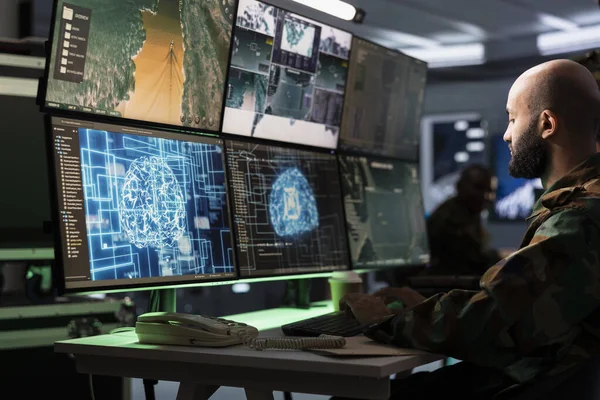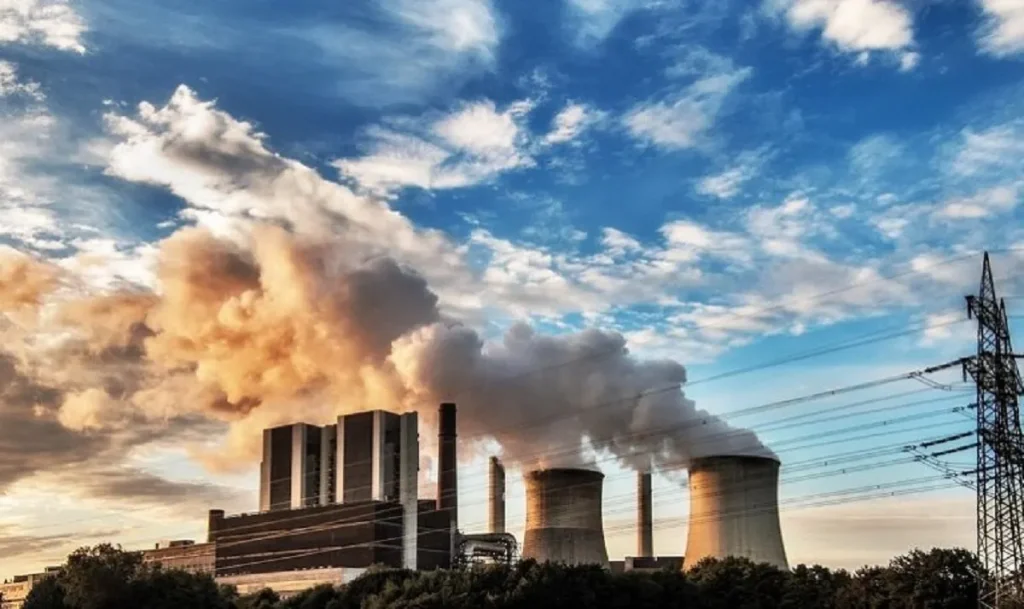
One thing is to fight a hurricane in real time; quite another thing is to fight a hurricane of lies about it. In the age of AI-driven feeds and viral misinformation, disasters are not just physical events but information wars run at the speed of engagement metrics. The stakes climb even higher when the crisis is nuclear, where seconds matter and trust in official communication may mean survival.
Recent events-from the explosion in Beirut’s port to fabricated tsunami alerts-show just how fragile the public information environment has become. Social media platforms, optimized for outrage and attention, are utterly ill-suited to deliver verified, actionable guidance in a crisis. To policymakers, security analysts, and emergency managers, understanding these vulnerabilities is not an academic exercise; it’s a condition for crisis resilience.

1. Catastrophe Images as a Driver of Misinformation
The highly visible disasters, such as the Beirut port explosion in 2020, showed how real-time citizen footage may act as both a boon and a liability. While such documentation may help people and officials understand the situation better, it also provides fertile ground for conspiracy narratives. For example, President Donald Trump’s public speculation that the blast was a bomb, despite expert refutation of such claims, gave new life to falsehoods that spread faster than official corrections. In nuclear scenarios, similar misinterpretation of visual evidence might distort public perception before authorities can respond.

2. Conspiracies Undermining Emergency Response
Blame for mismanagement or nefarious acts was placed on FEMA and local governments via conspiracy theories regarding Hurricane Helene, 2024. This was propagated through verified accounts that made money off their follows, consistently undermining trust in such a way that even threats against the workers forced the CNA to cease providing aid. Like in every other disaster, such distrust in the event of a nuclear incident would interfere with evacuation or shelter-in-place orders, thereby increasing the casualty count.

3. AI systems spreading hazardous errors
The AI chatbots and summarization tools have already misinformed users in crises. For instance, after the July 2025 Kamchatka earthquake, summaries from X’s Grok and Google’s AI said tsunami warnings had been lifted, citing sources that did not exist. In a nuclear emergency, these kinds of hallucinations might mislead populations about fallout zones or safe corridors-with lethal consequences.

4. Algorithmic Incentives Favoring Outrage
Social media algorithms pick engagement over accuracy. The same tendency, according to a finding by the Center for Countering Digital Hate, makes extreme weather misinformation eclipse official guidance. In the event of a nuclear crisis, the most sensationalist contentwhether AI or human-generatedis the likeliest to dominate feeds and push critical safety instructions off the page.

5. AI in Military Decision Loops
The growing integration of AI into defense systems creates escalation risks. As Jon Wolfsthal with the Federation of American Scientists warned, “There is no standing guidance… on whether and how AI should or should not be integrated into nuclear command and control.” In a crisis, commanders may bypass rigorous review of AI-generated recommendations and blur the line separating conventional and nuclear responses.

6. Catalytic Nuclear War through Manipulation of Information
This would be a world where catalytic nuclear war-a nuclear conflict provoked by third parties-would be more conceivable. AI-enabled deepfakes, spoofed satellite imagery, or fabricated alerts may create the impression of an imminent attack against a nuclear-armed state. The social media-fueled tensions in 2019 between India and Pakistan led to remarkably dangerous brinksmanship; in the future, this can be engineered deliberately.

7. Public Susceptibility to Persistent Falsehoods
Public Vulnerability to Ongoing Misinformation Psychological studies demonstrate the so-called ‘illusory truth effect’: repetition increases belief in falsehoods, even when people know better. In fast-moving crises, repeated exposure to misleading claims about radiation risks or government intentions may entrench dangerous misconceptions. This is a resilient effect, meaning that later corrections may not reverse the damage.

8. Crisis Mode for Digital Platforms
Experts say that platforms should offer a transparency ‘disaster response’ mode, which amplifies verified sources and throttles the virality of unverified posts. This system is included in the Digital Services Act in Europe; implementation is not worldwide. Without it, nuclear crisis communication will be completely at the mercy of algorithms tuned for peacetime engagement.

9. Prebunking as a Preventive Strategy
Prebunking-or the preemptive exposure of audiences to common misinformation tactics-can inoculate against viral falsehoods. Seasonal campaigns could teach users to recognize the hallmarks of AI-generated disaster footage or fabricated official warnings. In nuclear preparedness, prebunking might minimize the initial traction of manipulative content and buy precious time for accurate information to spread.
The shortcomings in the information ecosystem of today are not abstract; they are operational hazards that will amplify the human costs of every disaster-nuclear or otherwise. It takes coordination to act on all these themes: refining platform algorithms, integrating crisis communication protocols, and investment in public media literacy. Without such measures, the next nuclear-related emergency may be fought as much in the feeds as in the fieldand the battle for truth could be lost before the first siren sounds.”

